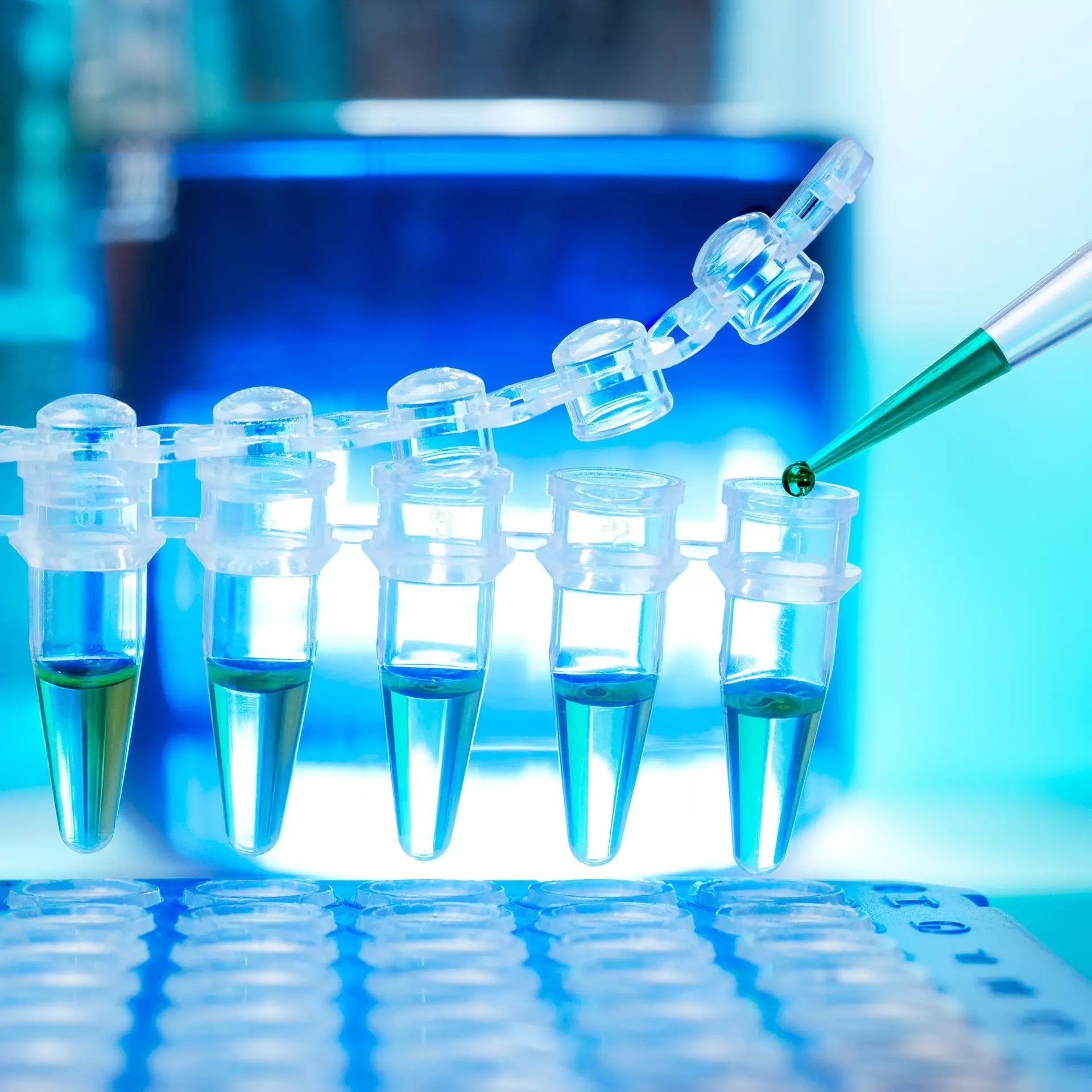The field of pharmaceuticals has been revolutionized by the invention of a tool that unlocks previously impossible organic chemical reactions, paving the way for faster and more effective drug development. Traditionally, drugs are constructed using alkyl building blocks, but the complexity of combining different types of these fragments has posed a significant challenge for scientists. However, a recent discovery by a team of chemists has led to the identification of stable nickel complexes that have the potential to transform the pharmaceutical industry.
The discovery of stable nickel complexes represents a major breakthrough in drug development. These compounds, containing a nickel atom, can be easily synthesized from classic chemical building blocks and isolated, making them ideal for blending with other building blocks. According to Christo Sevov, the principal investigator of the study, attaching nickel complexes to alkyl fragments allows for the creation of new alkyl-alkyl bonds, opening up a new chemical space for drug development.
This innovative approach to drug development has the potential to significantly reduce the time and cost involved in bringing new drugs to market. By enabling researchers to create multiple drug derivatives in a fraction of the time it would normally take, the tool developed by Sevov’s team could streamline the drug development process and increase the efficacy of medications while reducing the risk of side effects. These advancements could also enable pharmaceutical companies to target severe diseases with smaller patient populations more effectively.
Sevov’s team is already collaborating with pharmaceutical companies to explore the full potential of their tool. By working together with industry partners, the researchers aim to make thousands of derivatives to fine-tune the structure and performance of drug molecules. The collaboration with pharmaceutical companies highlights the significance of this new technology in the drug development process and its potential to revolutionize the industry.
Looking ahead, Sevov and his team are focused on further enhancing their tool by turning the chemical reaction into a catalytic process. This catalytic process would not only accelerate chemical reactions but also make them more energy-efficient, ultimately improving the efficiency of drug development. By continuing to build on their tool and collaborating with industry partners, the team hopes to make significant strides in advancing drug development and bringing life-saving medications to market more quickly and effectively.


Leave a Reply